Key Takeaways
- It is crucial to understand contraindications in order to protect clients and prevent health complications, legal issues, and a loss of trust.
- The three types of contraindications—absolute, local, and relative—require carrying levels of care or modifications to the massage.
- Before receiving a massage, you should speak with a doctor about specific conditions, like infections, blood clots, and uncontrolled conditions.
- Avoiding specific areas or modifying the massage may be necessary for local issues like inflammation, bruises, varicose veins, and skin problems.
While massage therapy offers many health benefits, if done incorrectly, it can also be harmful. For this reason, it’s important to understand contraindications or instances when massage may not be safe. Ignoring these risks might result in health problems, legal issues, and a loss of client trust.
In this blog post, we will discuss typical massage therapy contraindications, how to identify them, and what therapists should do to guarantee a safe and successful treatment.
What Are Contraindications in Massage Therapy?
In massage therapy, a contraindication is why a massage should not be done or changed to keep the client safe. This could be because of a health problem, injury, infection, or recent injury. Knowing about contraindications is an important part of being a professional massage therapist.
Before starting a session, the therapist should ask questions and review the client’s health history to look for any issues. This helps make sure the massage is safe and helpful for the client.
Types of contraindications
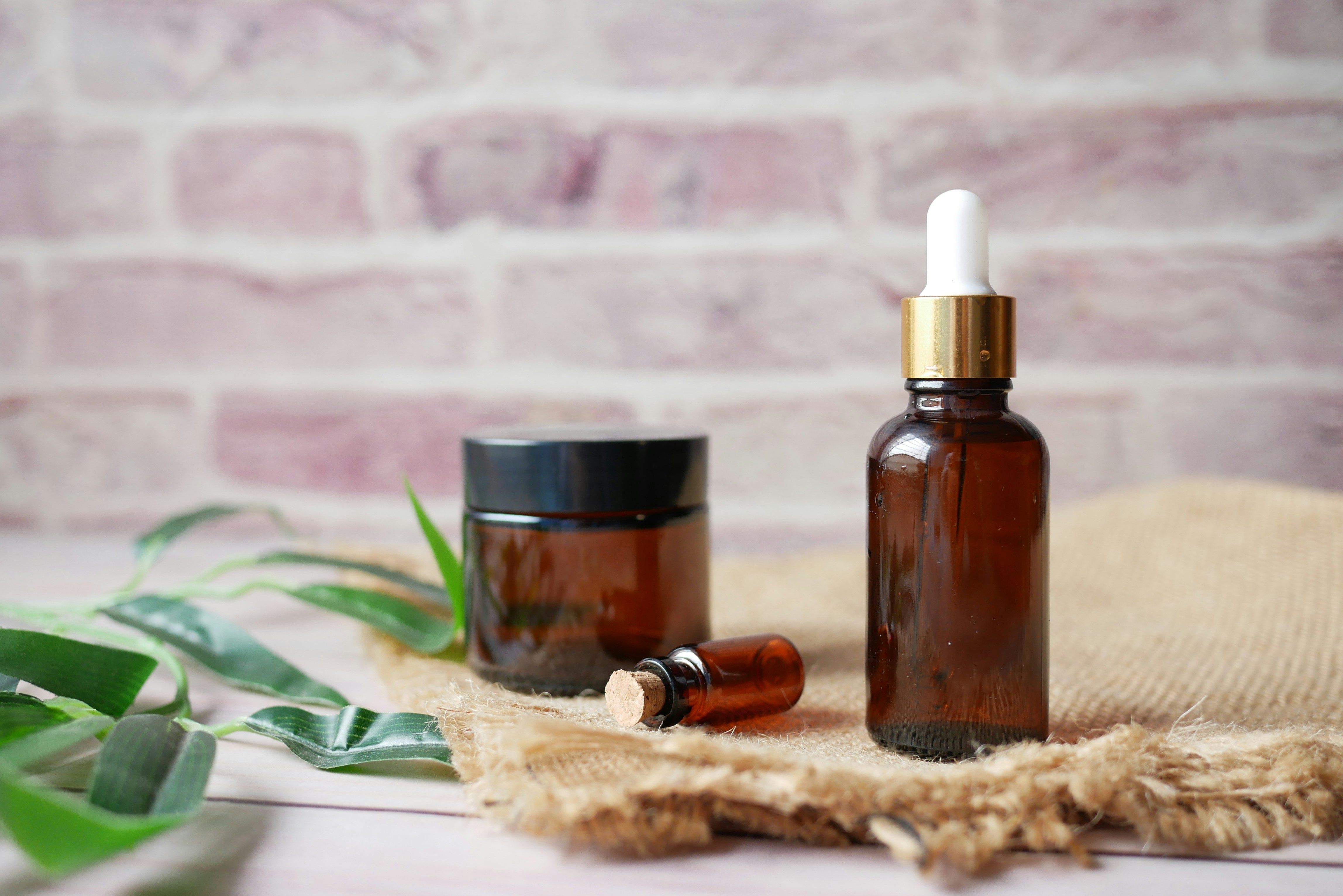
The three main types of contraindications in massage therapy are absolute, local, and relative. An absolute contraindication, for instance, indicates that massage should not be done at all since it may be dangerous to a person who has a fever, a serious illness, or an infectious disease. A local contraindication is when a massage should not be performed on a particular area of the body, such as a cut, bruise, or a sore place.
Relative contraindications, such as working with a pregnant client or one with hypertension, indicate that while the massage is generally safe, the therapist must exercise caution or make adjustments. We will discuss each type of massage contraindications in the following paragraphs.
Common Absolute Contraindications for Massage
There are certain situations where massage should be completely avoided to protect the client’s health. These are called absolute contraindications. Some common examples include infectious diseases, acute injury or trauma, risk of blood clots, and uncontrolled medical conditions. These conditions can make massage unsafe, and they require the client to seek medical advice before receiving any bodywork.
Infectious diseases
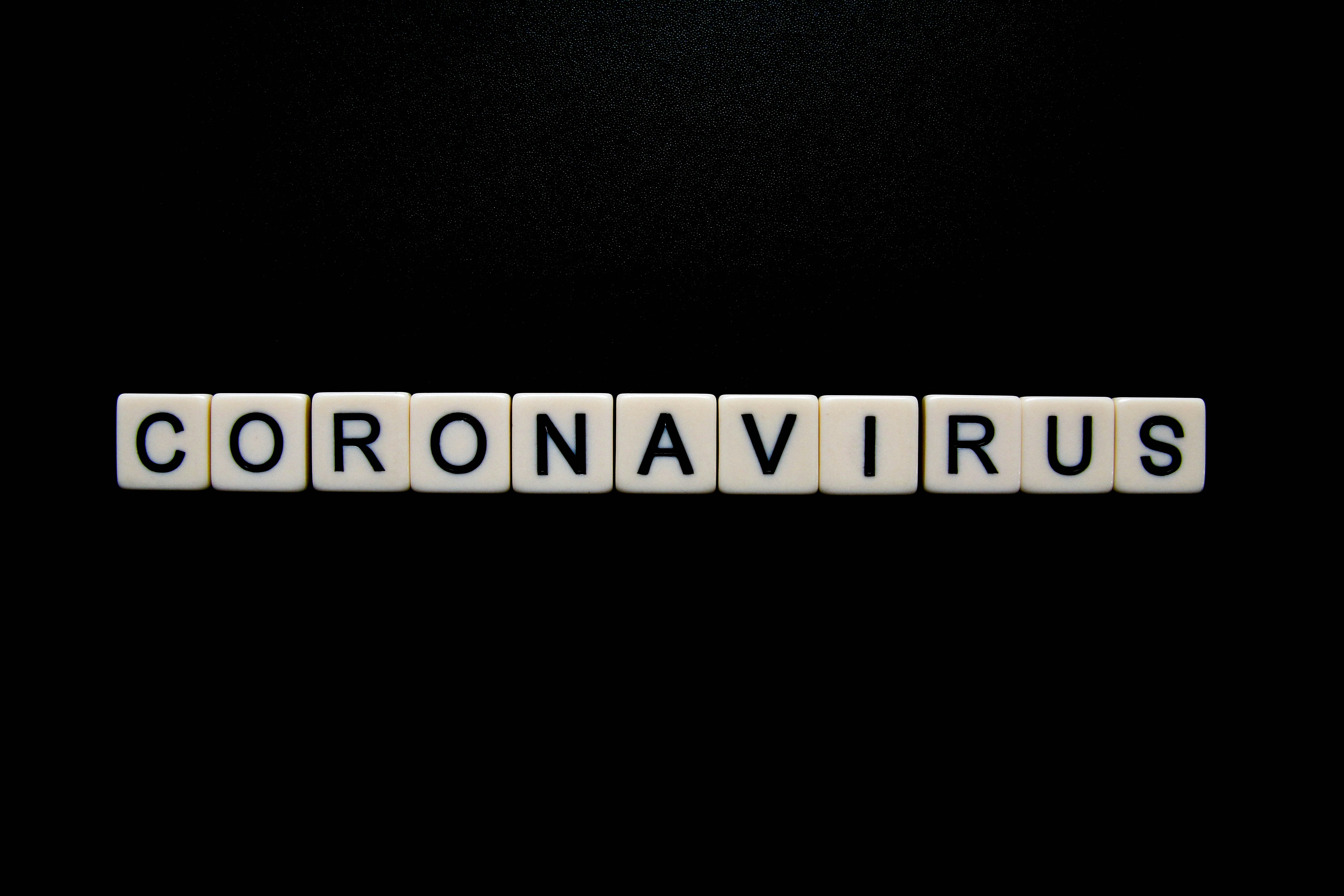
Massage should be avoided if someone has an infectious disease because it can easily spread through touch or shared surfaces. Common examples include viral infections like the flu, COVID-19, and stomach bugs; bacterial skin infections like impetigo and cellulitis; and fungal infections such as ringworm or athlete’s foot, especially if they are not just in one small area.
Getting a massage while sick can make the person feel worse, especially if they have a fever or are very tired. It also puts the therapist and other clients—especially those with weak immune systems—at risk of getting sick. That’s why it’s best to wait until the infection is completely gone before getting a massage.
Acute injury or trauma
Massage is not recommended right after an acute injury or trauma, such as a recent broken bone, severe sprain or strain, recent surgery, or an accident—even if there are no visible signs of injury. The body needs rest in the first 48 to 72 hours after an injury, not extra stimulation. Massage can increase blood flow to the injured area, which might make swelling or bleeding worse. It’s best to wait until the injury is healed before getting a massage.
Blood clot risk
Massage helps increase blood flow, but this can be dangerous for someone with a blood clot. If a clot moves, it could travel to the lungs, heart, or brain, causing a serious emergency like a pulmonary embolism, stroke, or heart attack.
People who are more likely to have blood clots include those with a history of deep vein thrombosis (DVT) or pulmonary embolism (PE), recent long trips, certain medications like hormone therapy or blood thinners, and recent surgeries, especially on bones or the abdomen. If you’re at risk of blood clots, avoiding massage is important.
Uncontrolled medical conditions
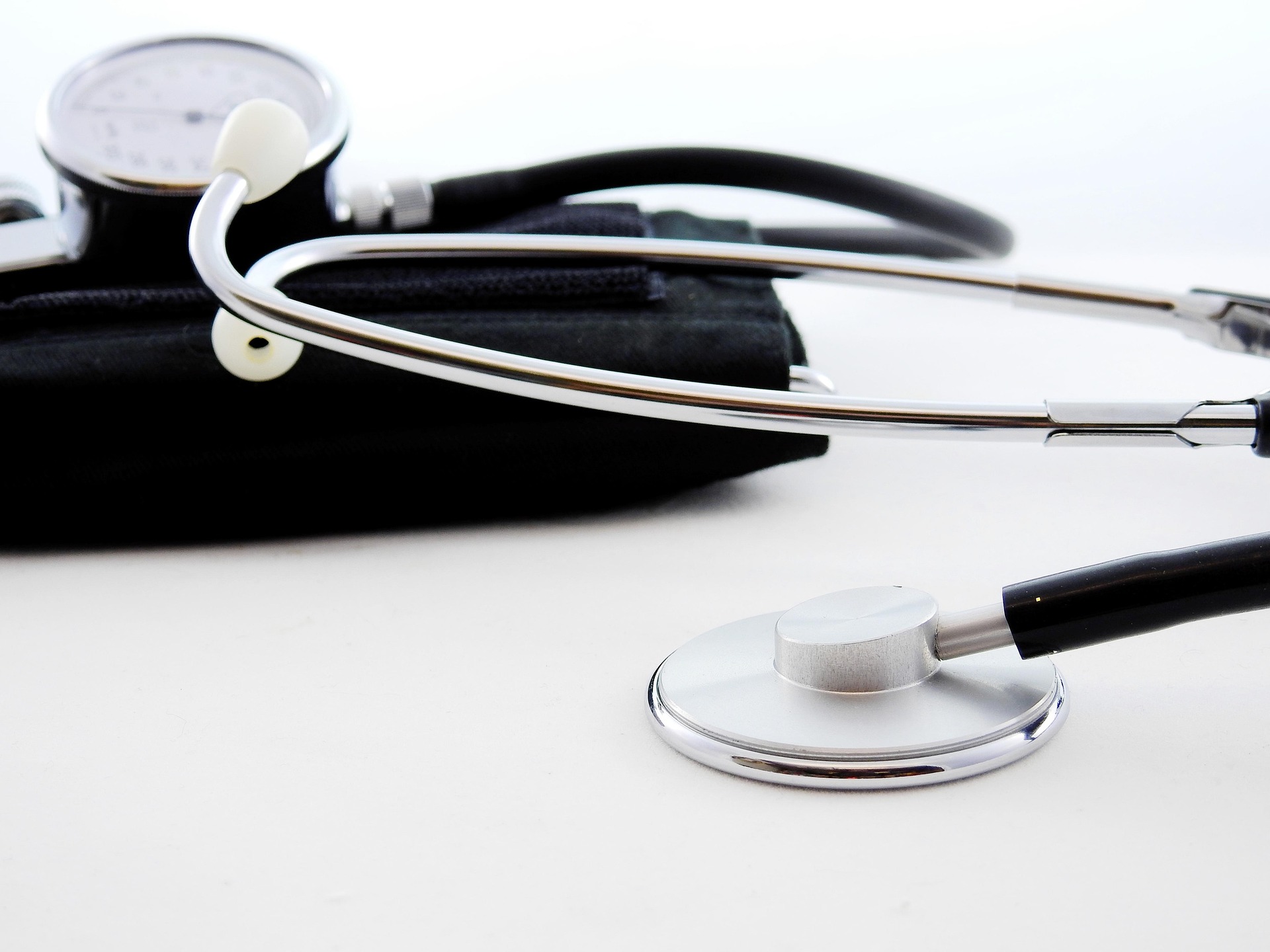
People with unmanaged medical disorders shouldn’t get massages because they may worsen their conditions. For instance, a severe rise in blood pressure could occur during a massage for someone with extremely high blood pressure. Individuals with uncontrolled diabetes may experience nerve issues or low blood sugar, which may worsen during a session.
The situation may worsen for those who have advanced liver or kidney problems because of the additional load on their organs. Likewise, those who have uncontrolled seizures are more likely to faint or have a seizure while receiving the massage. It’s important to get these conditions under control before getting a massage.
Local Contraindications for Massage
Local contraindications are problems with specific areas of the body where massage should be avoided. Common examples include skin conditions, varicose veins, bruises, swelling, or areas with inflammation or infection. These areas may need to be avoided or treated differently during a massage, and we will go over these in more detail in the next sections.
Skin conditions
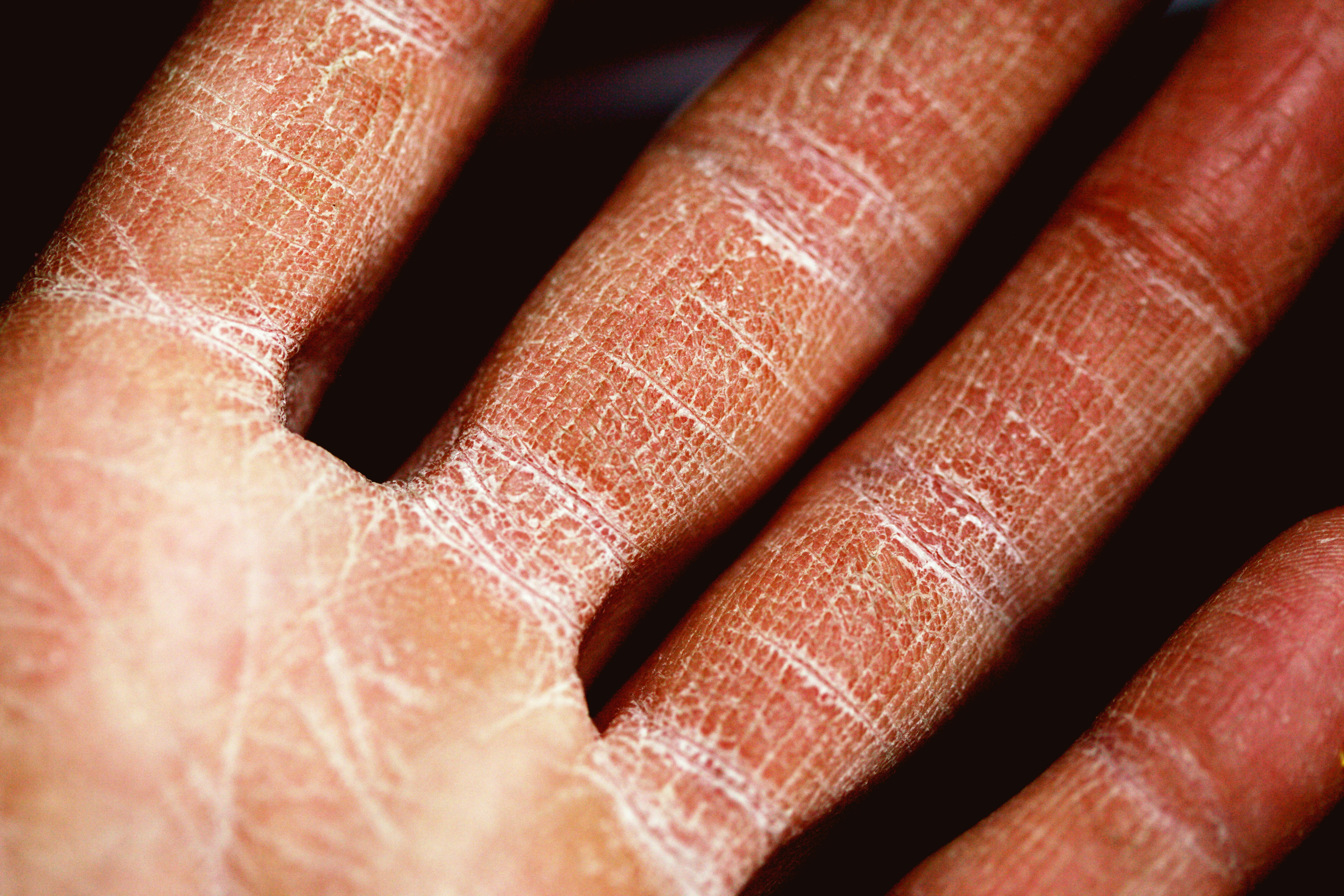
Certain skin conditions should not be massaged because they can get worse. For example, rashes or dermatitis, especially if inflamed or undiagnosed, could spread or get more irritated with massage. Burns, like sunburns or healing scars, should also be avoided because massage could disrupt healing and cause pain.
Eczema or psoriasis flare-ups can become more uncomfortable with massage and irritate the skin even more. Local fungal infections, such as athlete’s foot, can spread through massage, so it’s best not to touch the area.
Varicose veins, bruises, or swelling
Varicose veins, bruises, and swelling all involve problems with blood vessels or tissue sensitivity, making them bad areas for massage. Varicose veins are weak blood vessels that could get worse with massage. Bruises are broken blood vessels, and massaging them could cause more pain and swelling. Swelling often shows inflammation or injury, and massaging it could push fluid into surrounding areas, making it worse.
Local Inflammation or infection
Inflammation and infection are different, but both make massage unsafe. Inflammation is when tissues swell and get irritated, and massage could make it worse, delay healing, or cause more pain. Infection, on the other hand, is when harmful bacteria or germs are present, and massaging an infected area can spread the infection to other parts of the body, which can be dangerous.
Lesser-Known and Emerging Contraindications
While many contraindications in massage therapy are common knowledge, therapists need to stay updated on new health risks and situations. Conditions like long COVID and post-viral syndromes, flare-ups of autoimmune diseases, and recent cosmetic procedures can bring new challenges for massage therapy. We will talk more about these lesser-known and emerging contraindications in the next sections.
Long COVID and post-viral syndromes
Long COVID and other post-viral syndromes, like fatigue after mononucleosis, are becoming more common but may not always be shared by clients unless asked. These conditions can cause ongoing symptoms like tiredness and nerve issues that need careful attention. Massage might overstimulate the nervous system, making symptoms like tiredness worse.
Changes in position, such as sitting up, could also cause a drop in blood pressure or a fast heart rate, making the client feel dizzy or unwell. It’s important for therapists to ask clients about any history of post-viral issues before starting a massage.
Autoimmune flare-ups
Autoimmune flare-ups happen when conditions like lupus, multiple sclerosis (MS), rheumatoid arthritis, Crohn’s disease, or fibromyalgia (which acts like an autoimmune flare) get worse. During a flare, the body’s immune system causes more inflammation, pain, and sometimes damage to tissues.
Massage can make these symptoms worse by increasing inflammation or pain. It might also trigger other issues like dizziness or extreme tiredness. Since the tissues can be swollen, tender, or unstable, massage could cause harm. Avoiding or modifying massage when someone has an autoimmune flare is best.
Recent cosmetic procedures
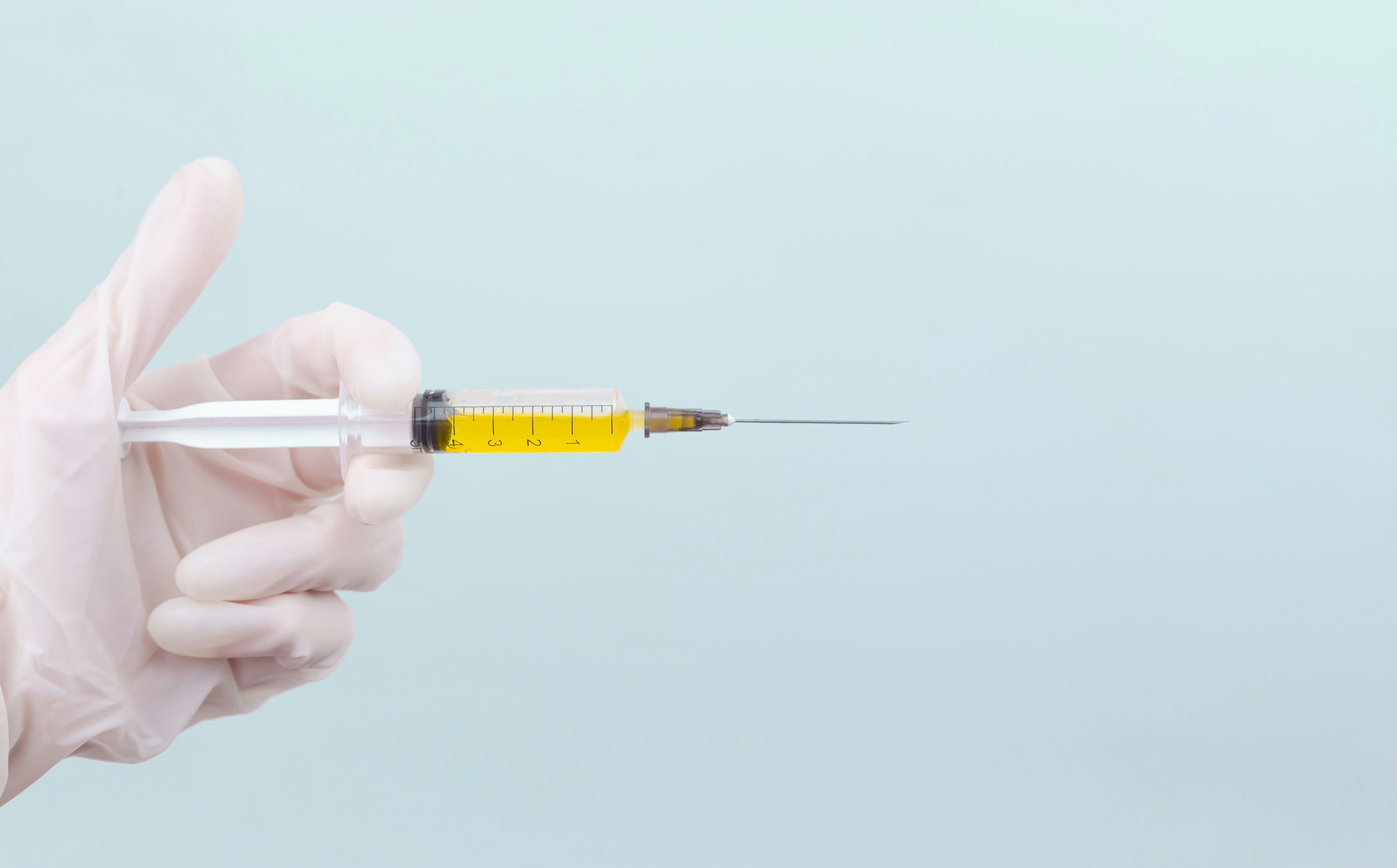
After cosmetic treatments like Botox, dermal fillers, microneedling, chemical peels, laser treatments, or liposuction, clients should wait before getting a massage. Massaging too soon can cause problems such as shifting fillers from the intended area.
Treatments like microneedling or chemical peels can also lead to more swelling, bruising, or irritation if massaged too early. For procedures like liposuction, massaging too soon can delay healing or cause further tissue damage. It’s important to wait for the body to heal properly before getting a massage.
How To Handle Massage Contraindications
To handle massage contraindications safely, it’s important to do a thorough intake form and have a conversation with the client before each session. Therapists should ask about any recent health changes, surgeries, or medications and make sure the forms are updated regularly, not just on the first visit.
Questions like, “Have you had any recent cosmetic procedures or infections?” can help gather important details. If there’s a minor issue, like a bruise or small skin irritation, the therapist can usually avoid that area and still proceed with the massage.
However, if the condition is more serious, like high blood pressure or an active infection, the therapist should refer the client to a doctor for medical clearance. In some cases, if the condition is severe or untreated, it may be best to decline the massage to keep the client safe.
Conclusion
Understanding and handling massage contraindications is crucial for ensuring client safety and well-being. By asking the right questions, staying informed about health changes, and knowing when to modify treatments or refer clients for medical clearance, massage therapists can provide the best care.
To learn more about how to effectively manage massage contraindications and enhance your skills, check out AIAM’s programs and resources.
Frequently Asked Questions (FAQs):
Can I get a massage if I have a cold?
It’s generally not recommended to get a massage if you have a cold, as it could worsen symptoms and spread the infection.
Is massage safe during pregnancy?
Massage can be safe during pregnancy, but it’s important to consult with a healthcare provider and ensure the therapist is trained in prenatal massage.
How long should I wait after surgery for a massage?
It’s best to wait at least 4-6 weeks after surgery or until cleared by your doctor before getting a massage.